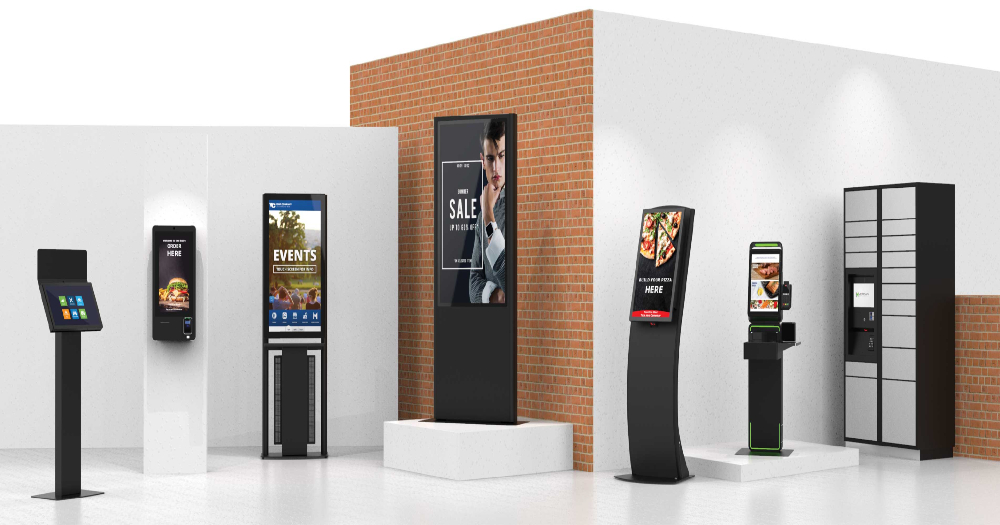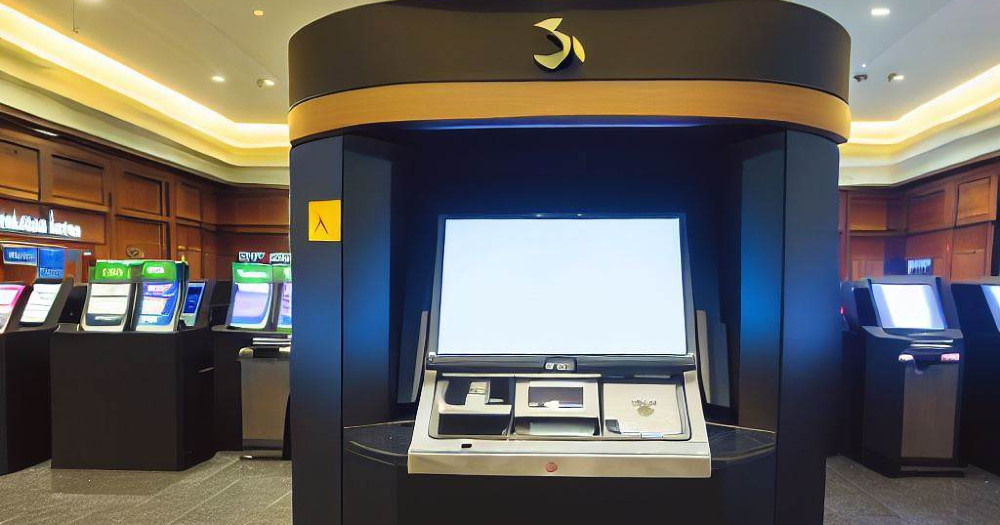Interactive kiosks are self-service terminals that provide customers with a range of banking functionalities. They have revolutionized the banking industry. Such kiosks offer a new level of convenience and personalized experiences for customers. They serve as touch-screen interfaces that facilitate various financial transactions and services.
In this article, we will explore the potential impact of interactive kiosks on customer experience in banking. From increased accessibility to streamlined transactions, we will delve into the benefits, functionalities, successful case studies, and strategies for seamless integration while maintaining data security and privacy.
Benefits of interactive kiosks in banking
- Increased accessibility: Interactive kiosks allow customers to access banking services beyond traditional banking hours and locations. They provide a 24/7 self-service channel, empowering customers to perform transactions at their convenience. Customers no longer need to rush to the bank before closing time or wait in long queues.
- Reduced wait times: With interactive kiosks, customers can bypass long queues and wait times commonly associated with in-person transactions. They can quickly complete routine tasks. Such as check deposits or balance inquiries, without needing to interact with a bank teller. This results in significant time-saving for customers and enhances overall satisfaction.
- Improved self-service options: Interactive kiosks offer a wide range of self-service functionalities, providing customers with control over their financial transactions. They can perform account management tasks, such as checking account balances, transferring funds, and updating personal information. Moreover, customers can conveniently make bill payments, including utilities, credit cards, and other services. Interactive kiosks also enable customers to initiate loan applications and track their progress in real-time.
Moreover, customers can conveniently make bill payments, including utilities, credit cards, and other services. Interactive kiosks also enable customers to initiate loan applications and track their progress in real-time.
Real life examples
Here are the best case studies of successful implementations.
JPMorgan Chase
JPMorgan Chase has effectively implemented interactive kiosks, referred to as eATMs, across various locations. These eATMs allow customers to perform transactions typically requiring a teller, such as a check to deposit and cashing, leading to a significant reduction in wait times and improved customer experience.
Citibank
Citibank has introduced interactive kiosks that allow customers to perform a range of functions, from basic transactions like withdrawals and transfers to more advanced ones like applying for credit cards and loans. The kiosks have been praised for their intuitive user interface and have significantly enhanced the customer experience.

The functionalities of interactive kiosks in banking
Interactive kiosks offer a diverse range of functionalities that cater to various customer needs.
These functionalities include:
- Account management: Customers can perform account inquiries, view transaction history, and manage their account preferences. Such as changing contact details or setting up alerts. This empowers customers to have more control over their banking activities.
- Bill payment: Interactive kiosks facilitate convenient bill payment for utilities, credit cards, and other services, enabling customers to settle their payments quickly and easily. Customers can enter payment details, select the desired biller, and make secure payments using various payment methods.
- Money transfers: Customers can initiate fund transfers between accounts, both within the same bank and to external accounts. Interactive kiosks provide a secure platform for customers to transfer funds conveniently without the need for manual paperwork or visiting abank teller. Customers can enter the recipient’s account details, specify the amount to be transferred, and complete the transaction with ease.
- Loan applications: Interactive kiosks streamline the loan application process, allowing customers to submit applications, provide necessary documentation, and receive updates on the status of their loan request. Customers can access loan calculators to estimate repayment amounts and choose suitable loan options.
Integrating interactive kiosks in banking systems

Integrating interactive kiosks into existing banking systems requires careful planning and consideration of security and privacy measures.
Key strategies for seamless integration include:
- System integration: Ensuring interactive kiosks are seamlessly integrated with core banking systems is crucial. This integration enables real-time data access, accurate transaction processing, and synchronization between different channels. It ensures a seamless and consistent experience for customers across all touchpoints.
- User interface design: Designing intuitive and user-friendly interfaces is essential for interactive kiosks. Clear and visually appealing layouts, easily navigable screens, and intuitive menu structures enhance the user experience. Attention should be given to font sizes, colors, and contrast to ensure readability for all users.
- Data security and privacy: Implementing robust security measures is paramount when incorporating interactive kiosks. Encryption protocols, secure authentication methods, and adherence to data privacy regulations protect customer information. Regular security audits and updates are necessary to address emerging threats and maintain the integrity of customer data.
- Staff training and support: Providing comprehensive training for bank staff is crucial to effectively assist customers using interactive kiosks. Bank employees should be knowledgeable about the kiosk functionalities, troubleshooting common issues, and guiding customers through the self-service process. Dedicated support channels, such as helplines or live chat, should be available to assist customers with more complex inquiries or technical difficulties.
Conclusion
Interactive kiosks have transformed the customer experience in the banking industry by offering increased accessibility, reduced wait times, and improved self-service options. Through successful case studies, we have witnessed how interactive kiosks have streamlined processes and enhanced customer satisfaction.
By integrating interactive kiosks seamlessly into existing banking systems while prioritizing data security and privacy, banks can provide a more convenient and personalized banking experience for their customers.
If you are interested in buying interactive kiosks, we have compiled an article of top kiosk manufacturers worldwide, there, you will find information about each manufacturer, its advantages, and offer. Remember, you can use them in various situations. For example, you can use touch screen kiosks for car showrooms.



